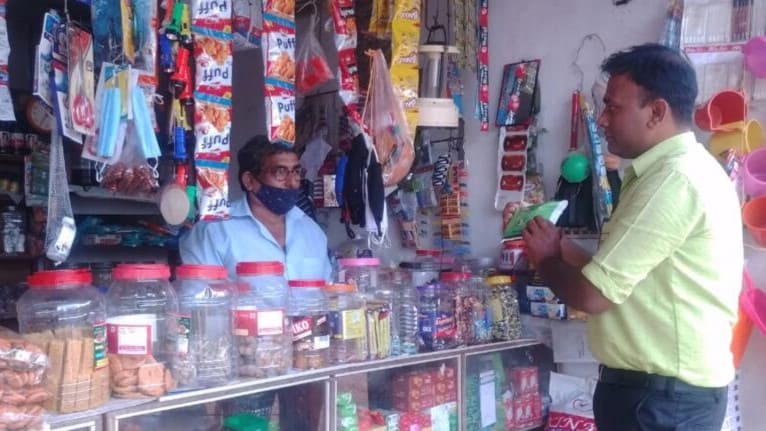Starting today, we will increase our wholesale price premium per litre by another 2 Rs from existing 3 Rs to make it 5 Rs. I owe an explanation to various stake holders like company sales force, distributors, wholesalers, retailers and consumers about the move.
A friend casually asked while talking about each other, is Cocoguru the ‘Apple’ of Coconut Oil? That was 2 years after we started the business and struggling to stay afloat with various operational issues and struggling to find feet in the market. Couldn’t tell a lie and say ‘yes’, shy to say ‘no’ either. Couldn’t give any proper answer, but started imagining how an ‘Apple’ of coconut oil will be. With cut-throat competition and price sensitivity in the market didn’t think it was possible.
Coastal Karnataka market has majorly 2 types of coconut oil suppliers, small millers and re-packers. Small millers have a couple of rotary machines, do job work service and cater to small local area. Re-packers bring coconut oil in tankers, pack in small consumer packs and distribute at competitive prices to all wholesalers and retailers. Each one tries to undercut their price compared to others. There also exists a few age old mills (between 50 to 100 years old) that sell their brand to a small niche market at a premium price. They have no fixed costs like bank loan interests and repayments and salary to professionals. They don’t even have a hunger for growth as they will be battling with succession plans.
In a market like that, for a new comer like us, with large fixed costs, loan repayment pressures, with foot barely set in the market, increasing price is the hardest decision to make. There is a huge risk that traders will alienate us, but consumer demand is what we can cling on. It is a path less travelled, but we are here to make a difference.
Higher price automatically leads to more profits is far from truth here. If short term profit is the motive, reducing price should build volume and compensating lower price by slightly reducing quantity, lowering quality, adulteration and tax evasion gives far better margins. Brands that provide full value of coconut oil to consumers have around 20% premium to mass brands. So, our 2 rs price increase now is just a means to end.
Till now one rupee was increased every 6 months, so as per plan the next increase was due in January. But we are doing it now because of the adverse circumstance we find ourselves now. Despite association being formed in coastal Karnataka, millers are resorting to short-cut routes to earn a sale by undercutting their rates below the agreed base price. Countering to that the price deciders in association have resorted to deep price cutting.
Complaints of manufacturers selling oil at below association base rates prevail. We would like to warn that prices will be dropped further and will be dropped deeply if this trend continues and will be kept lower until all undercutting stops.
Undercutting will never stop, we don’t have deep pockets to survive, we don’t want to compromise on our quality and value to alienate our consumers.
We have been trying to deliver more value to our consumers and will continue to keep the promise which I would like to highlight a few here
-
- Sweet taste, aroma – This means purchase of good quality copra whose FFA is less than 0.5%. Such copra costs about 5% higher than ordinary copra with FFA of about 1%.
- Long life – Once the raw material quality is ensured. Each stage of manufacturing process must be strictly controlled to deliver right product to have long shelf life of 6 months to 12 months
- Availability – Regular availability of stocks, irrespective of season, market price and demand fluctuations. Also availability in wider geographical region, rural/urban areas, wholesalers/petty shops. This requires maintaining adequate stocks and effective supply chain management and distribution network.
- Branded – A brand has the responsibility to stand for something and exceed customer satisfaction relentlessly. It should be well known and liked. Demand should be driven by consumers instead of being pushed by traders.
- Food Safety – Coconut Oil is recognized as a food product and is given the respect it thoroughly deserves. It means maintenance of purity, necessary hygiene and safety standards.
Copra prices change daily and multiple times within a day, but association coconut oil prices are changed weekly. That itself is too short a cycle for a smooth trade along the channel from manufacturer to consumer. That is how commodities are traded not how branded consumer products are distributed. We intend to raise the price sufficiently high so that price comparison stops and when we have full control over our price we like to change prices at a much lesser frequency like monthly or quarterly.
To summarise, the intention of increasing price is not to increase profit but to increase customer value. Thanks everyone for your kind cooperation.



